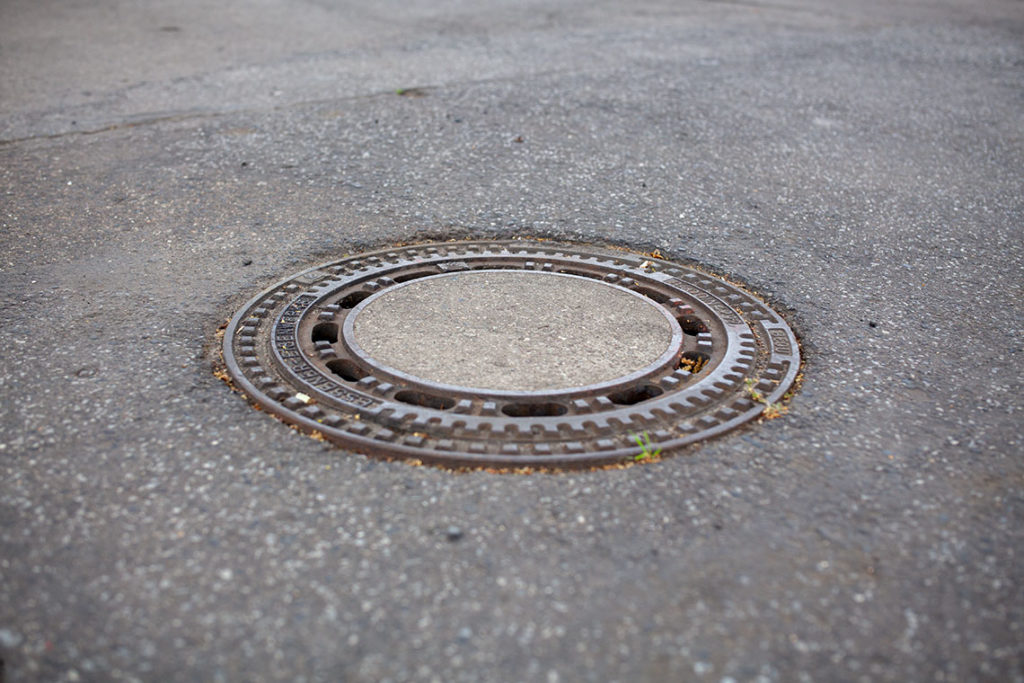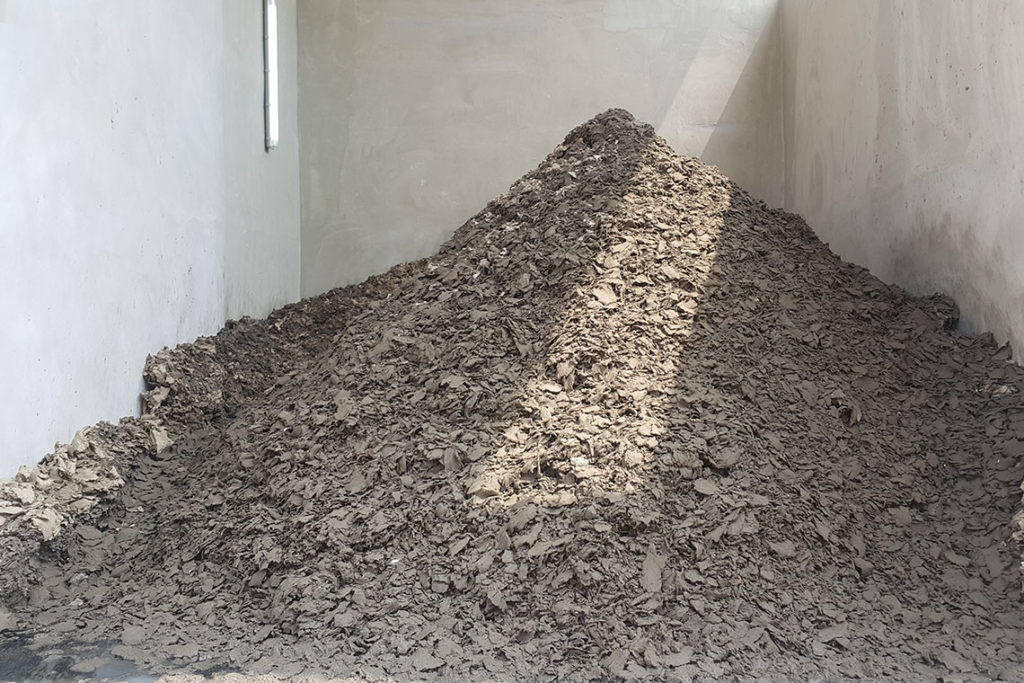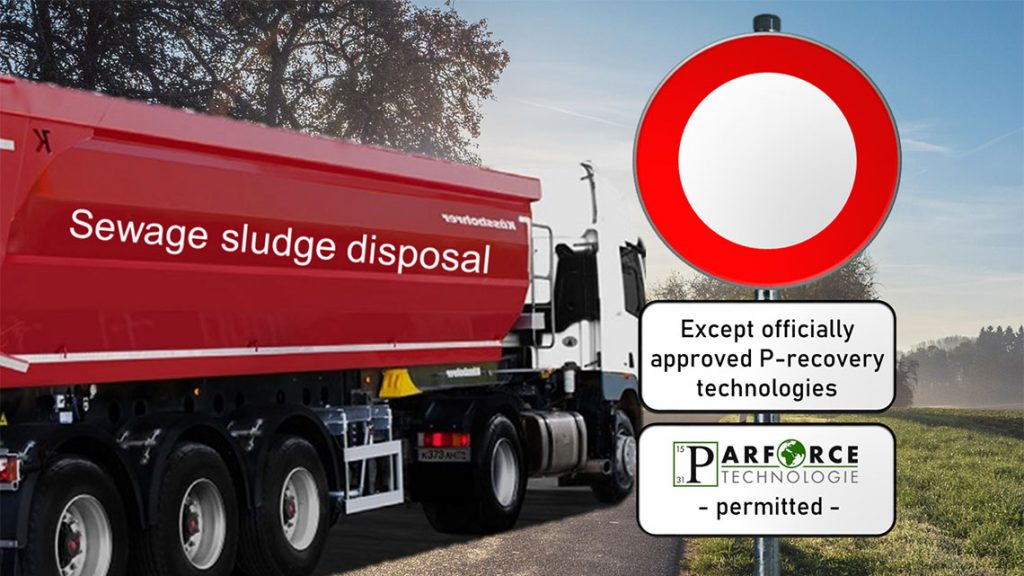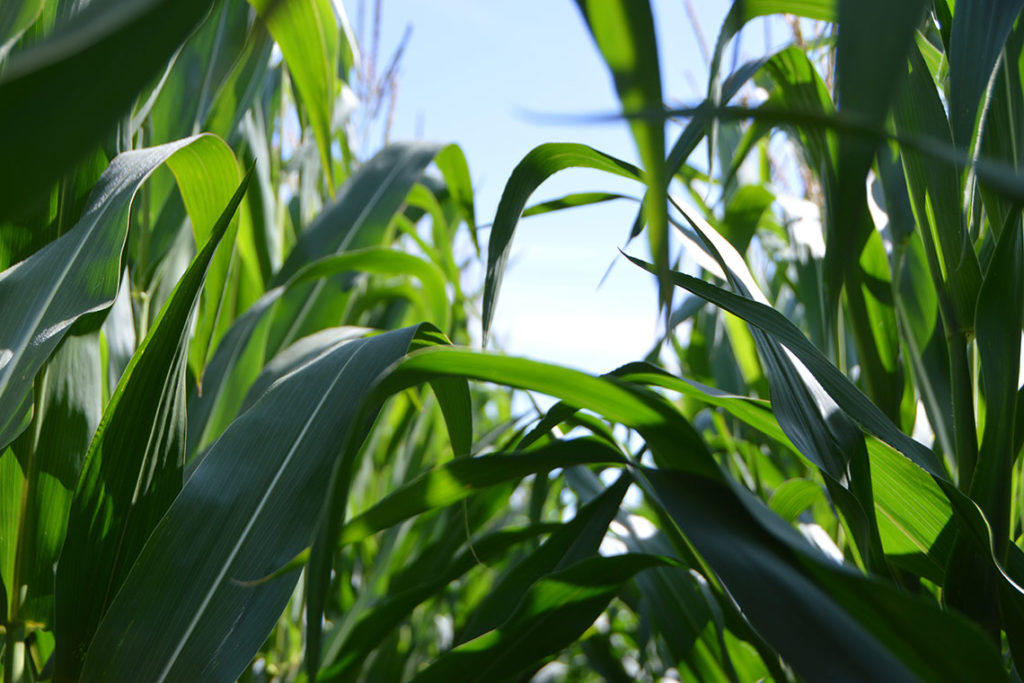Wastewater is the general term for water that has been changed in its properties. Commonly, however, the term is used for polluted water that comes from households.
On average, every German produces about 117 litres of wastewater per day (Destatis 2016), measured on the basis of drinking water consumption. However, the consumption of industry that is connected to the public water supply and wastewater disposal system is included in this figure.
Due to greater environmental awareness and the associated more economical use of water, the quantities have fallen sharply in recent decades. In 1990, water consumption was still almost 150 litres per day and inhabitant (DWA). A total of about 9.6 billion m³ of wastewater is discharged in Germany every year. Of this, 5.1 billion m³ comes from domestic and industrial use and 2.5 billion m³ is rainwater. The rest are uncounted infiltrations (unaccounted discharges, groundwater infiltration into canals, etc.).
The main characteristics of wastewater are the contaminants. Approximately 1% of the weight of wastewater consists of pollutants, which are present in dissolved and undissolved form and as organic compounds. Organic impurities include fats, proteins and carbohydrates. Inorganic impurities include nitrogen compounds, but also phosphorus in the form of phosphates, which are also nutrients at the same time.
There is also a legal definition for wastewater in Germany, according to the Water Resources Act. According to the Water Resources Act (§ 54, Para.1 WHG), wastewater is:
- water whose properties have been altered by domestic, industrial, agricultural or other use and the water that runs off together with it in dry weather (wastewater), and
- the water collected from precipitation running off from the area of built-up or paved surfaces (precipitation water).
Wastewater must not be discharged untreated into the environment because of its harmful effects on the environment and health. For these reasons, wastewater is collected in sewer systems and treated in wastewater treatment plants before it is discharged into receiving water bodies (artificial or natural watercourse).
Strict limits apply to the discharge of treated wastewater. For phosphorus, for example, the limit value for large wastewater treatment plants is generally 1 mg/L and for smaller plants 2 mg/L. If the receiving water bodies are located in nature conservation areas or other environmentally sensitive areas, the limit value can be set much lower by the water authorities.
Depending on the type of contamination and the composition of the wastewater and the applicable limit values for discharges, different technologies are applied in waste water treatment.



